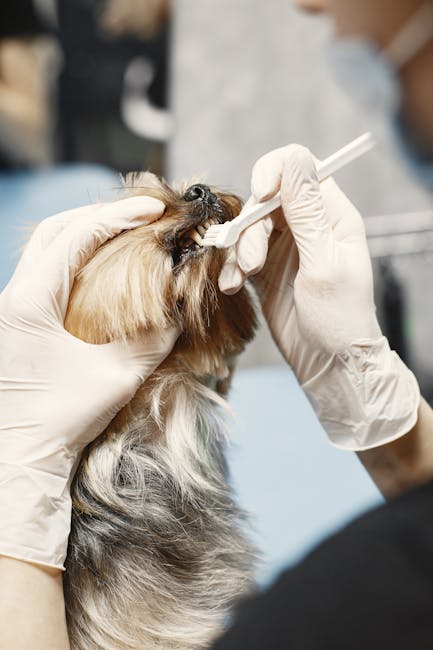Finding Ways To Keep Up With

Cooling towers are an essential component of many industrial processes, providing a means to dissipate heat generated by machinery and equipment. These structures are designed to efficiently transfer heat from a fluid or gas to the surrounding air, allowing for the efficient operation of various systems. However, the complexity of cooling towers can make it challenging to understand their various components and how they work together. In this article, we will delve into the different parts of a cooling tower, exploring their functions and importance in the overall cooling process.
1. Tower Structure
The tower structure is the main component of a cooling tower, providing the framework for the entire system. Typically constructed from steel or concrete, the tower is designed to withstand various environmental conditions, including wind, rain, and extreme temperatures. The structure is typically divided into sections, with each section serving a specific purpose in the cooling process.
2. Fill Material
The fill material is a critical component of a cooling tower, responsible for increasing the surface area available for heat transfer. The fill material is typically a porous material, such as plastic or ceramic, designed to maximize the contact between the cooling fluid and the surrounding air. The fill material is usually arranged in a specific pattern, allowing for optimal airflow and heat transfer.
3. Nozzles
Nozzles are an essential component of a cooling tower, responsible for distributing the cooling fluid throughout the system. The nozzles are typically designed to produce a specific spray pattern, allowing for efficient heat transfer and minimizing the risk of over-spray. The nozzles are usually adjustable, enabling operators to fine-tune the cooling process to meet specific requirements.
4. Distribution System
The distribution system is responsible for delivering the cooling fluid to the nozzles, ensuring a consistent and efficient flow of fluid throughout the system. The distribution system typically consists of pipes and valves, designed to maintain a consistent pressure and flow rate. The distribution system is critical in ensuring the efficient operation of the cooling tower, as any disruptions can impact the overall cooling process.
5. Fan System
The fan system is responsible for circulating air through the cooling tower, providing the necessary airflow for heat transfer. The fan system typically consists of one or more fans, designed to operate in conjunction with the cooling fluid. The fan system is critical in ensuring the efficient operation of the cooling tower, as it provides the necessary airflow to facilitate heat transfer.
6. Louvers
Louvers are an essential component of a cooling tower, responsible for controlling airflow and minimizing the risk of over-spray. The louvers are typically adjustable, enabling operators to fine-tune the airflow and optimize the cooling process. The louvers are usually designed to be self-cleaning, minimizing the risk of debris accumulation and ensuring optimal airflow.
7. Drift Eliminators
Drift eliminators are an essential component of a cooling tower, responsible for minimizing the loss of cooling fluid due to drift. Drift eliminators are typically designed to capture and redirect any stray droplets of cooling fluid, ensuring that the fluid is redirected back into the system. This helps to minimize the risk of fluid loss and optimize the cooling process.
8. Cooling Tower Accessories
Cooling tower accessories are designed to enhance the performance and efficiency of the cooling tower. These accessories can include items such as mist eliminators, which are designed to capture and redirect stray droplets of cooling fluid, and fan guards, which are designed to protect the fan system from debris and damage.
In conclusion, the various components of a cooling tower work together to provide an efficient and effective means of dissipating heat. Understanding the different parts of a cooling tower is essential for optimizing the cooling process and ensuring the efficient operation of various systems. By understanding the functions and importance of each component, operators can optimize the cooling process and ensure the efficient operation of their systems.

 Just How to Effectively Mount a Cooking Area Kitchen Counter
Just How to Effectively Mount a Cooking Area Kitchen Counter


 Factors to consider when choosing Maverick x3 Shock Tower Braces
Factors to consider when choosing Maverick x3 Shock Tower Braces